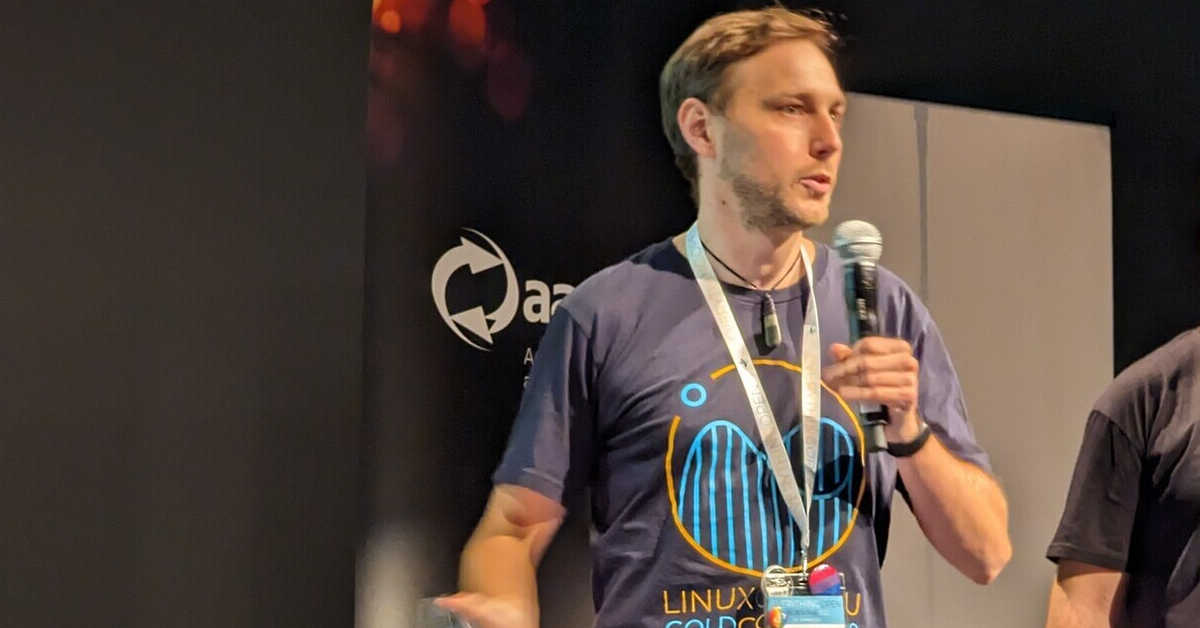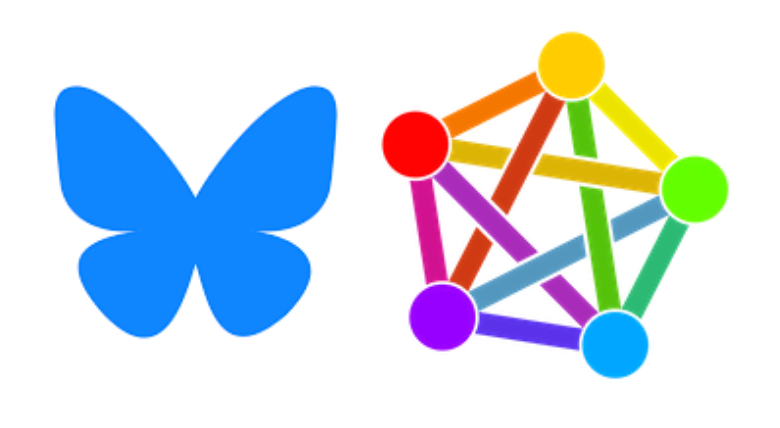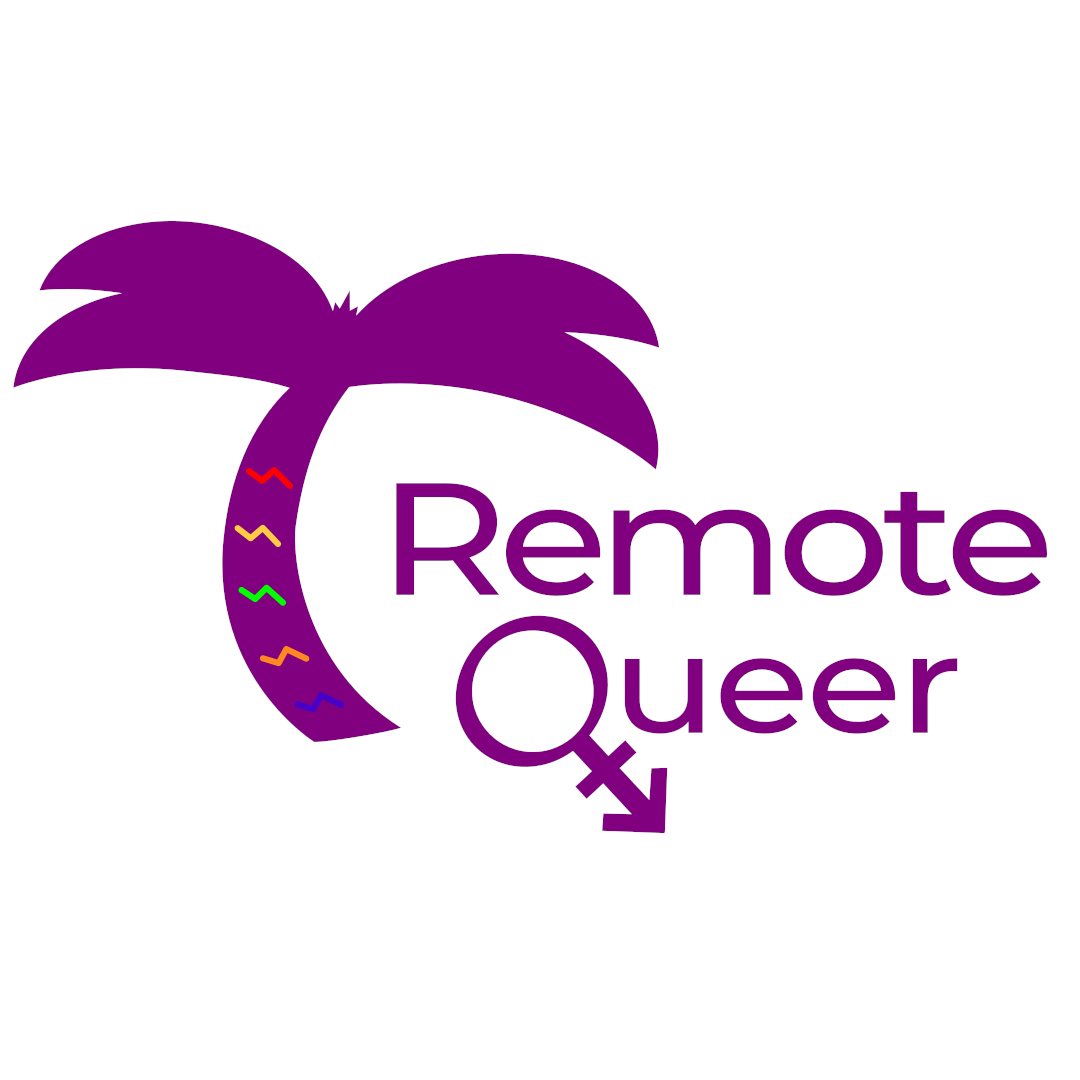Welcome to the Fediverse: A Queer-Friendly Social Media Alternative

Social media sucks. Or at least, some parts of it do. I’ve made plenty of IRL friends on social media. I’ve also lost touch with friends and family members because I’ve left the social media platforms that they’re on. As queer people, we’re more likely to face harassment and abuse on toxic platforms like X and even Facebook.
But what if it didn’t have to be that way? As Cory Doctorow puts it in his new book, Enshittification: Why Everything Suddenly Got Worse and What to Do About It, (a must-read, in my opinion!):
“What if there was a way for you to leave a platform whose moderation policies have failed you, without severing your connections with friends, family members, communities, and customers? The good news is that this is absolutely possible.”

While mainstream users are trapped in walled gardens like Tiktok and Instagram — platforms that may let you export your data, but don’t make it easy to reconnect with your friends and followers elsewhere — more and more of us are trying out decentralized social media platforms like Mastodon and Bluesky.
But understanding how these platforms work can be daunting for new users and present a real barrier to joining. Let’s take a look at how the Fediverse works — and why it can be a more welcoming place for LGBTQ+ communities.
What Is the Fediverse?
The Fediverse is a loose network of social media platforms that all operate on the same protocol, called ActivityPub. This means that people on them can interact with each other, even if they aren’t technically on the same platform.
Matt, one of Remote Queer’s founders, wrote a detailed article about it here:

For those of us who are less technically-inclined, I’ll summarize the main points:
- Individuals and organizations can create their own social media networks (typically referred to as “instances” or “servers”)
- Users can see posts and interact with people on other servers
- Users can leave one server and join another by importing their profile and follow lists
- Servers can set their own content moderation rules and block other servers from connecting with them entirely
For example, Aus.Social is a Mastodon server, primarily for Australians, with 2.1K users; PDX.social is a Portland-based server with 168 active users. People on both servers can interact with each other and with the roughly 1.8 million other active users on other Mastodon servers.
Each server can set its own codes of conduct and moderation policies. Aus.Social prohibits corporate accounts and limits advertising. Political content and NSFW content is allowed, as long as it’s marked with a content warning. This makes it easy for users to avoid content they don’t want to see on their timeline.
While Mastodon is the most widely-known Fediverse platform, it isn’t the only one. Pixelfed is a photo-sharing platform (similar to Instagram) while Lemmy functions more like Reddit.
Because the Fediverse uses open-source software, there’s nothing stopping alt-right groups from using it to create their own toxic networks — Truth Social is, technically, a Mastodon server — but it’s easy to block them.
As Cory Doctorow puts it in Enshittification,
“Every server gets to decide whether it will defederate (block) other servers.… There are plenty of servers run exclusively by harassers and trolls that federate only with each other.”
Many servers share the same blocklists, keeping the Fediverse refreshingly free of right-wing trolls and consigning them to their own corner of the Internet.
Are Threads and Bluesky Part of the Fediverse? ATProto vs. ActivityPub Explained
Let’s face it: Mastodon has a reputation for being a little niche and tech-oriented. It isn’t a failed social network — the people who are on it love it! — but it doesn’t have the critical mass to replace Facebook or Instagram.
Fortunately, there are other ways to get involved in the Fediverse, even if you’re committed to staying on a mainstream platform!
Threads, a Meta platform, uses the same protocol that Mastodon does, meaning you can interact with other servers from your Threads account, except those servers which have defederatated from Threads.
Bluesky is a social network that was originally designed as a Twitter alternative. It uses its own protocol called ATProto — most of the Fediverse uses ActivityPub — but it’s based on the same principles of federation and decentralization.

What I like about Bluesky is that users have a lot of control over what they see. You can create and follow Feeds, and use the moderation settings to filter out specific tags and keywords. I have mine set to block most content related to the current U.S. administration, so I never have to see their faces on my timeline!
Plus, you can subscribe to user-generated blocklists with names like Transphobia (General), A Very British Bigotry, AI fanbois, and Lib Blue Wave Spam Bots.
Currently, Bluesky is still fairly centralized — most users are on the main Bluesky instance — which has created some tension between users and moderators, who have resisted calls to ban transphobic figures from the platform outright.
But as with Mastodon, users can create their own instances with their own policies. A network for Black users called BlackSky is in the works, and anyone with enough technical savvy can host their own Personal Data Server (PDS) on ATProto.
Connecting the Social Web: Ghost and Bridgy Fed
Because decentralized social media platforms are interoperable, there are a lot of cool things you can do with them that you just can’t do anywhere else!
For example, Ghost, the blogging platform that we use to run Remote Queer, is connected to ActivityPub. This means that anything we publish on our blog is immediately shared on external platforms like Mastodon and Threads. When someone replies (on any server) we get a notification in our Ghost feed.
What about Bluesky — remember how it uses ATProto instead of ActivityPub? What if you want to post there too? Well, there’s a bot for that!

Bridgy Fed serves as a link between Bluesky and Mastodon. When you follow the Bridgy Fed account from both platforms, it automatically ensures that your posts on one platform are visible on the other.
We have it set up so that our blog posts (like this one) automatically show up on Bluesky so we don’t have to log in and post them ourselves. It’s kind of like using Buffer or Zapier to schedule posts, except it happens without the middleman.
If you’re a blogger, small business owner, or just a user of the Internet, we think it’s well worth your while to set up an account on one or more of these platforms. The Fediverse may be a lot to take in, but it’s truly impressive what the Internet can do when you aren’t restrained by the limitations of corporate platforms!
Need help getting your Ghost blog up and running or connected to the Fediverse? We specialize in web design for Ghost blogs and can help you out. Just send us an email with your request or schedule a call with Matt!






Discussion